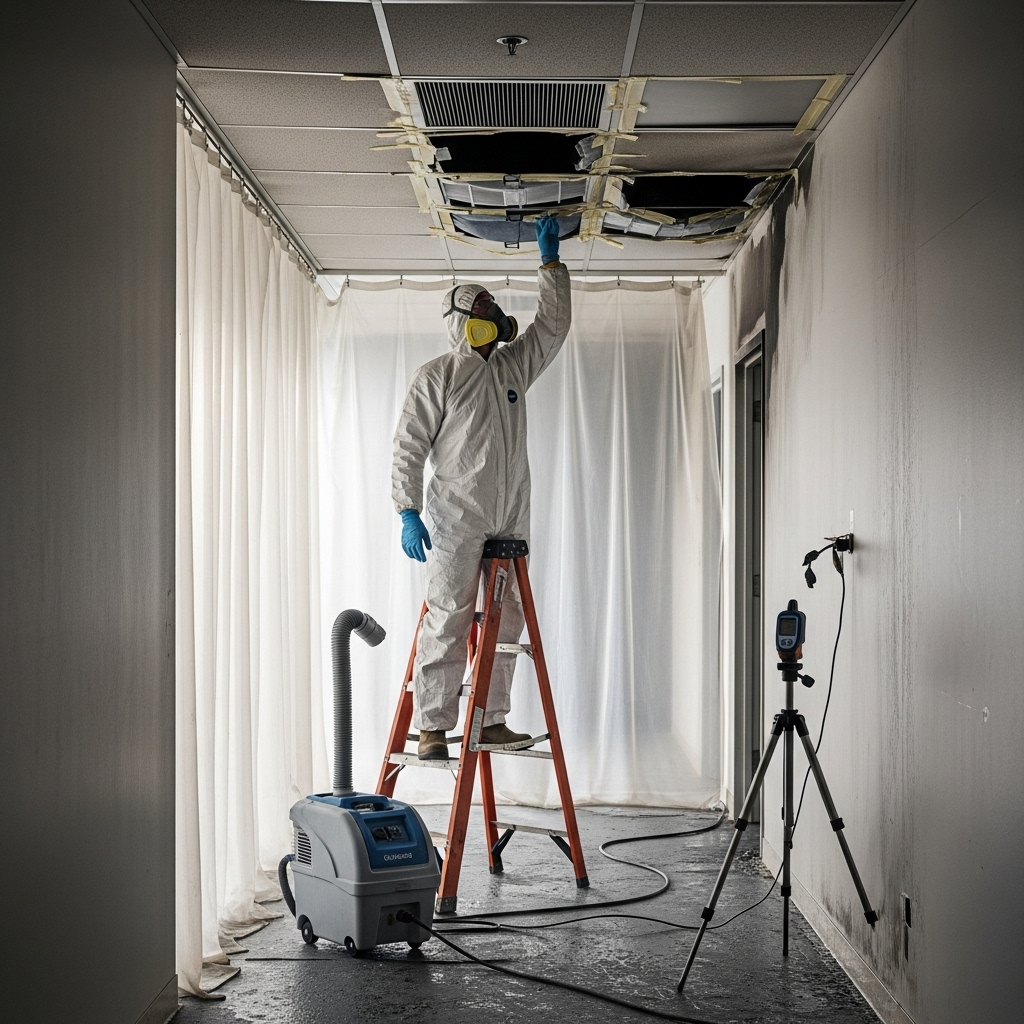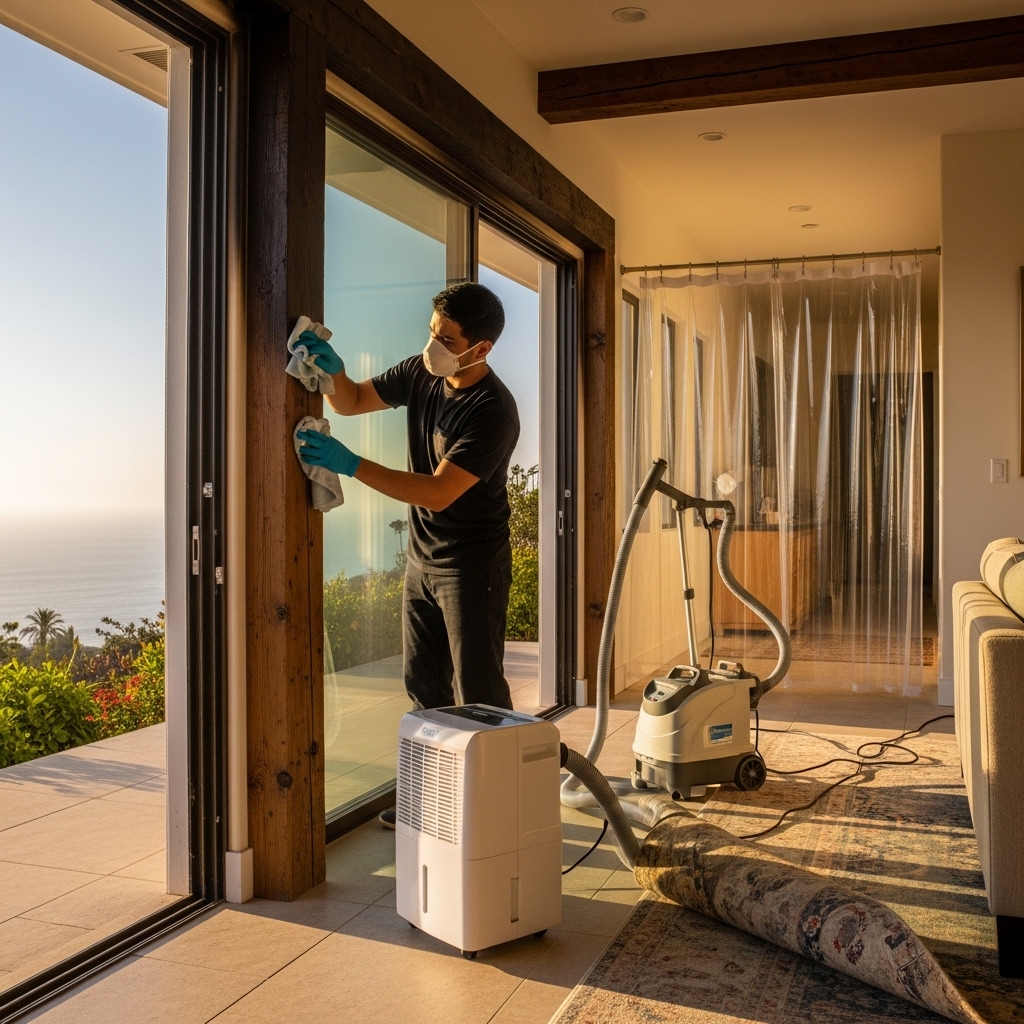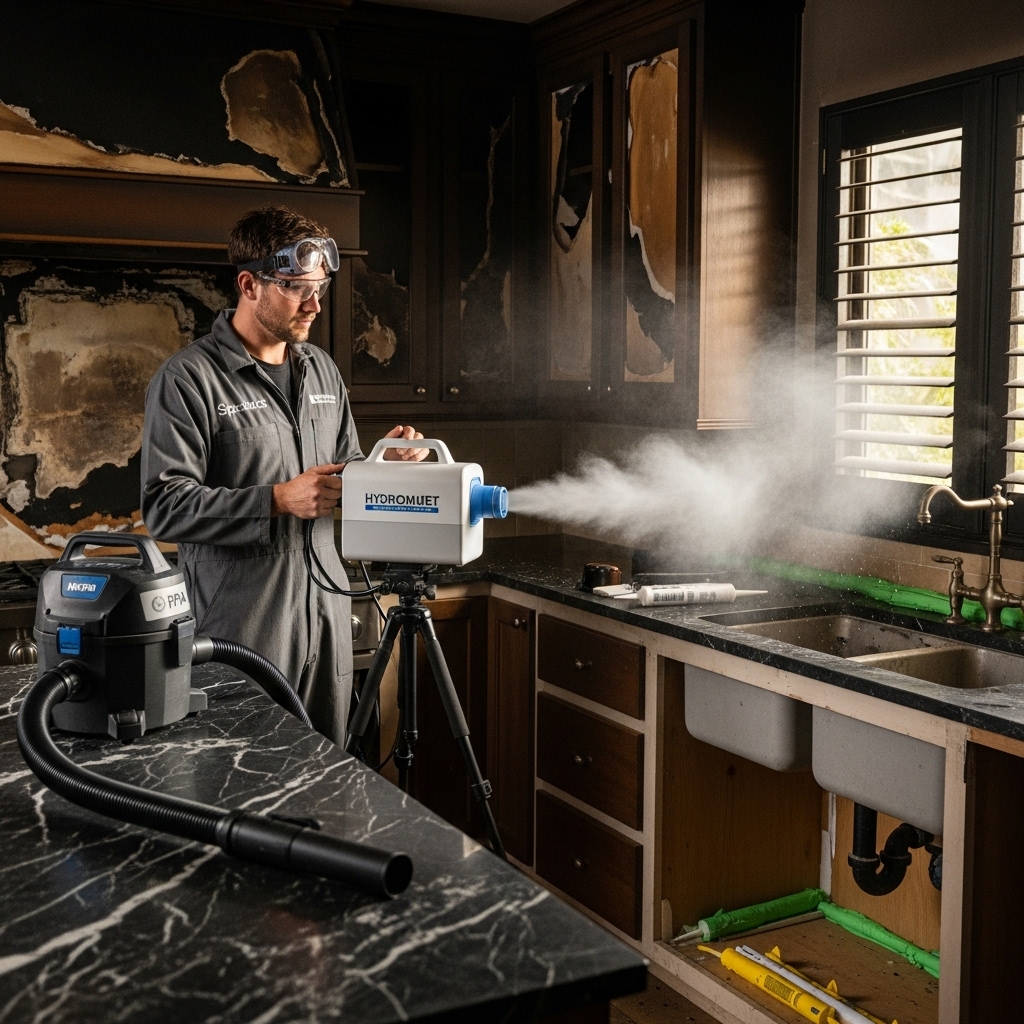Introduction: A Clear Path Through Smoke and Fire Damage in Canoga Park
Even a small fire can fill a property with pervasive smoke that settles into walls, ceilings, furniture, and HVAC systems. In Canoga Park, California, where warm, dry winds can carry particulates and accelerate odor migration, prompt action is especially important. Successful recovery demands a coordinated approach that addresses visible charring, hidden soot, water from firefighting, and the microscopic particles that cause lasting odors. Many homeowners and businesses start with a consultation for professional fire damage restoration to ensure the process is safe, thorough, and compliant with local standards.
Smoke behaves differently depending on fuel sources and burn conditions. Protein-based smoke from kitchen fires leaves a thin, often invisible film that produces strong, lingering odors. Plastics and synthetics can create sticky, smeary residues, while fast, high-heat fires often produce dry soot that brushes off more easily. Understanding these differences guides the choice of cleaning agents and deodorization methods, preventing cross-contamination and preserving as many materials as possible.
Health and Safety Considerations
Smoke particles and soot can irritate the respiratory system and eyes. Certain residues may be corrosive, and high humidity can make contaminants more mobile. Proper personal protective equipment, controlled work zones, and air filtration are essential during cleanup. In structures with significant damage, temporary relocation may be recommended to protect occupants. Professional teams use HEPA air scrubbers, establish negative pressure containment, and monitor conditions to ensure that the environment becomes progressively safer throughout the project.
Initial Assessment and Stabilization
After emergency responders clear the site, restoration begins with a detailed assessment. Technicians document damage, identify residue types, and prioritize urgent tasks like board-up, water extraction, and moisture control. In Canoga Park, daily temperature swings can affect drying dynamics; a tailored plan accounts for local climate to stabilize materials and minimize secondary damage such as warping, swelling, or microbial growth. Early documentation also supports insurance coordination and provides a roadmap for repairs.
Managing Water Before Tackling Smoke
Because water can drive smoke contaminants deeper into materials, moisture management is an early focus. Crews extract standing water, remove unsalvageable wet materials, and deploy targeted drying equipment. Moisture mapping, thermal imaging, and routine meter readings confirm progress. Once drying is underway, smoke cleanup proceeds without spreading residues or reactivating odors trapped in damp materials.
Cleaning Strategies for Different Surfaces
Effective smoke cleanup is both methodical and material-specific. Professionals begin with dry removal methods—HEPA vacuuming and drywall-safe sponges—to capture loose soot. Then they select detergents or solvents matched to residue chemistry. Painted walls may require alkaline cleaners; glossy finishes may need gentler solutions to avoid dulling. Wood, stone, and tile are treated with methods that protect finishes while extracting embedded contaminants. For textiles, hot water extraction, steam cleaning, and specialty laundries can neutralize odors and restore appearance.
Deodorization: Beyond Masking Odors
True deodorization targets sources rather than relying on fragrances. After removing contaminated materials and thoroughly cleaning surfaces, restoration teams may use thermal fogging to mimic smoke’s path and reach hidden cavities. Hydroxyl generators can neutralize odors while spaces remain occupied, and ozone treatments may be used in unoccupied areas under controlled conditions. The choice depends on the structure, materials, and sensitivity of occupants. Long-lasting results come from combining source removal with the right deodorization method for the property.
HVAC Systems: Hidden Highways for Smoke
Running a heating or cooling system after a fire can spread soot and odor throughout a building. As part of the restoration plan, HVAC registers are sealed during cleanup, filters are replaced, and duct interiors are assessed for contamination. In many cases, professional duct cleaning is recommended to remove deposits from supply and return lines, coils, and housings. This measure helps restore indoor air quality and prevents odor from returning once the system is back in service.
Contents Cleaning and Recovery
Personal and business contents require careful handling. Items are sorted into categories: clean on-site, pack-out for specialty treatment, or discard. Electronics, artwork, and sensitive materials need specialized evaluation due to corrosion risks. Clothes and linens benefit from deodorizing detergents and temperature-controlled cycles, while upholstered furniture may undergo multi-step processes involving vacuuming, pre-treatment, extraction, and drying. Thorough documentation supports claims and ensures items are tracked from removal to return.
Fire, Smoke, and the Structure
Smoke travels into hidden cavities—behind walls, above ceilings, and into insulation. Restoration professionals open select areas to access odor sources, remove affected materials, and clean framing. In some cases, sealing exposed wood with odor-blocking coatings follows source removal, ensuring that future temperature and humidity changes do not release residual smells. Coordination with licensed contractors ensures structural repairs align with cleanup, streamlining the path back to a healthy, habitable space.
Choosing a local provider familiar with Canoga Park building types and regulations can simplify planning and speed progress. Many residents rely on experienced fire damage restoration teams to implement containment strategies, maintain documentation, and communicate clearly from start to finish.
Common Missteps to Avoid
Well-intentioned do-it-yourself efforts can set back a project. Using water on oily soot can smear stains; overscrubbing painted walls can etch finishes; running the HVAC system can redistribute contaminants. Air fresheners and candles only mask odors temporarily, while trapping smoke in textiles makes deodorization more difficult later. When in doubt, wait for professional guidance rather than risking permanent damage.
Working with Insurance
Restoration teams typically share initial findings, scope, and photo documentation with adjusters. Joint walk-throughs facilitate agreement on salvageability, necessary demo, and deodorization strategies. A transparent, step-by-step plan builds confidence and minimizes delays. Keep a personal inventory of contents, including serial numbers for electronics and notes about sentimental value to inform decision-making.
Timelines and Expectations
Project length varies by square footage, residue types, and the amount of water used in suppression. The drying phase frequently overlaps with smoke cleanup, and contents processing often continues in parallel. Your provider should offer timeline estimates and periodic updates. Progress indicators include decreasing odor levels, stabilized humidity, validated moisture readings, and successful clearance of air quality targets in cleaned zones.
Preparing for Re-Occupancy
Before returning fully to a property, ensure that cleaning is complete, HVAC systems are serviced, and any rebuild-related dust has been addressed. Odor should be neutralized—not masked—with no detectable smoke smell upon entry. Touch surfaces should be free from soot residue, and air filters should be clean and correctly sized for the system. A careful final walk-through confirms that the environment supports health and comfort for occupants.
Frequently Asked Questions
Q: How quickly should smoke cleanup begin?
A: As soon as the site is safe, prompt action prevents residues from setting into surfaces and reduces the risk of long-term odors.
Q: Can I keep living or working in the building during cleanup?
A: It depends on the extent of damage and containment. For heavier losses, partial or full temporary relocation may be recommended for health and safety.
Q: What methods remove smoke odor effectively?
A: Combining source removal, detailed cleaning, and professional deodorization—such as thermal fogging, hydroxyl, or ozone in controlled conditions—produces lasting results.
Q: Will my carpets and upholstery be salvageable?
A: Many textiles can be restored with the right process. Success depends on residue type, exposure duration, and promptness of treatment.
Q: How do I protect areas that were not affected?
A: Proper containment with barriers and negative air pressure, plus careful workflow planning, keeps clean zones separate from work areas.
Q: Do electronics suffer long-term damage from smoke?
A: Yes, soot can be conductive and corrosive. Electronics should be evaluated by professionals before use to avoid short circuits and failures.
Move Forward with Confidence in Canoga Park
If smoke and fire have impacted your property, you deserve responsive, knowledgeable help that prioritizes safety and lasting results. From moisture control and soot removal to deodorization and HVAC cleaning, a qualified local partner can guide you every step of the way. For clear communication and proven methods, reach out to specialists in fire damage restoration who understand the unique needs of Canoga Park homes and businesses.


